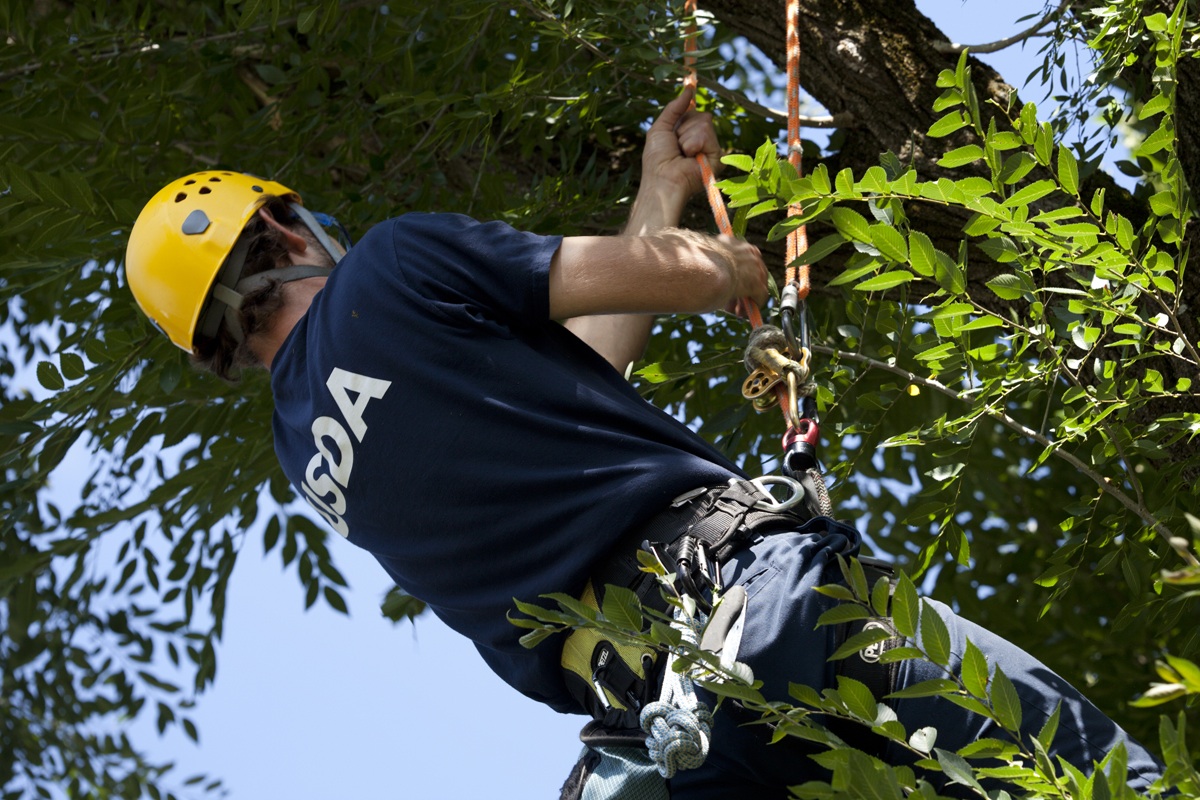Photos © Ellen Harasimowicz
In today’s installment of the Blog Hop, I’m going to answer a few questions about my newest writing project. I’m super excited to start talking about this book, because getting to this moment was–how shall I put this?–WICKED HARD. Of all the books I’ve written, this was the toughest to figure out. But I did, and soon you’ll be able to read it. Below are some questions about the project from the magnificent Sarah Albee, along with my answers. And if you’re confused about this Blog Hop business, just click on over to Part One of this post.
Sarah: What are you working on right now?
I’m working on a new Scientists in the Field book called BEETLE BUSTERS: A ROGUE INSECT AND THE PEOPLE WHO TRACK IT. It’s in design now, so I can’t show you the cover yet. (It doesn’t even exist!) But I can share the photos above, which are just a few of the scads of seriously cool images taken by Ellen Harasimowicz for this book.Sarah Albee: Where did the idea for this book come from?
The subject —Asian longhorned beetles—found me, actually, and it wasn’t easy. Here’s a simplified version of what happened:- A pair of gnarly-looking but harmless beetles from Asia chewed their way into the heart of a poplar tree in the middle of a forest in China.
- The tree was cut down and its wood used to make shipping pallets.
- One such pallet was shipped from China all the way to Worcester, Massachusetts, where I live.
- The beetles—a male and a female—survived the tree-chopping, the wood-cutting, the pallet-building, and the worldwide-shipping. They chewed their way out of the pallet, mated, and founded a family of Asian longhorned beetles in a new land.
- About ten years later, my husband and I bought a house in that new land.
- About ten years after that, the beetle family–by then enormous–was wreaking havoc in the forests near our house.
- A massive program was undertaken to eradicate the beetle and, paradoxically, to study it. BEETLE BUSTERS is the story of that program, the men and women carrying it out, and the hard decisions involved in its success.
Sarah Albee: Why do you write what you do?
Because stories about our natural world and the people who explore it thrill me. And when I find a story that particularly intrigues me, I can’t rest until I’ve found a way to share it with like-minded people.Sarah Albee: What is the hardest part about writing?
The first draft. For me, its always the first draft. (*deep, troubled sigh*) I’ve been wondering for a while now why first drafts are so hard for me. I’ve come to think that its not the writing of the draft itself that trips me up, but the process of finding structure. Until I’ve figured out where to start my story, where to end it, and how to carry readers through its middle, I tend to flail about. Once I’ve got a good structure, though, things slip into place. How do I find the best structure for a given story? By drafting and thinking and drafting and tinkering and drafting and drafting and drafting. It’s a slow process, which is why I find it so hard. Thanks for inviting me to be part of the Blog Hop, Sarah!



